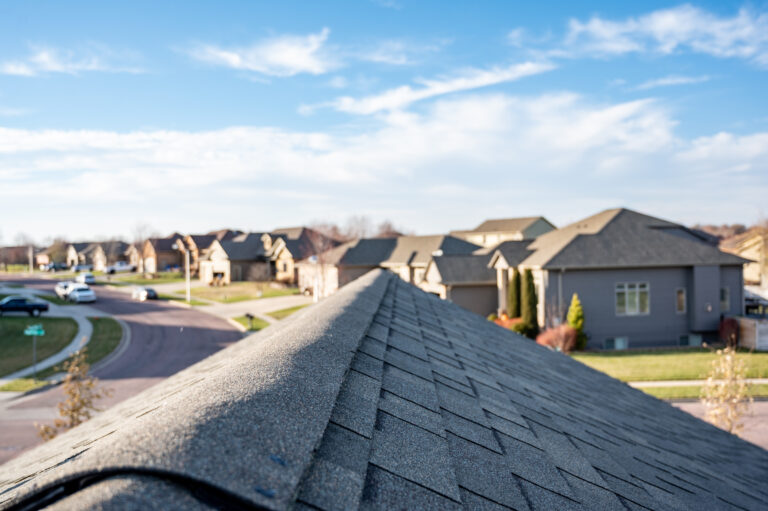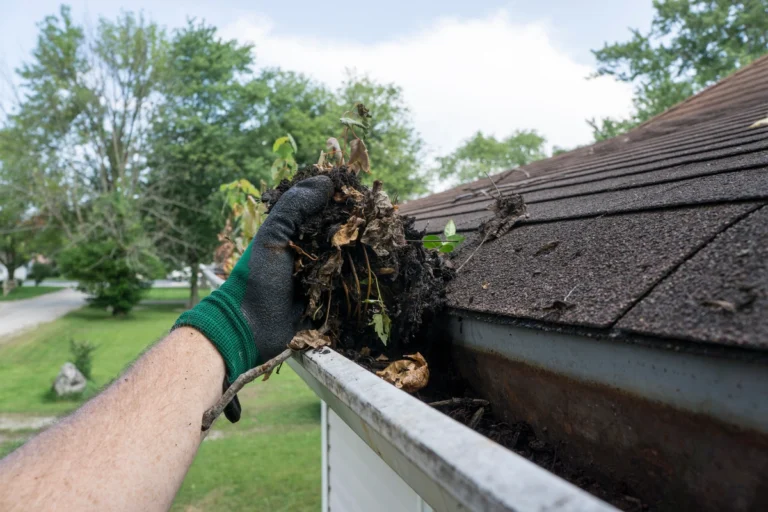The Phenomenon of Asphalt Shingle Blisters
Asphalt shingle blisters are a common and unsettling roofing issue that can compromise the integrity of a roof. For homeowners in the Louisville area and roofing professionals, like Andes Roofing, understanding this phenomenon is vital. In this comprehensive guide, we will delve into the usual culprits behind asphalt shingle blisters, examine preventive measures, and provide insights into effective solutions.

The Anatomy of Asphalt Shingle Blisters
Formation and Characteristics
Asphalt shingle blisters are tiny bubbles or raised areas that form on the surface of asphalt roofing shingles. They are primarily caused by the trapping of moisture or air within the shingle, which then expands when heated.
Effects on Roofing Integrity
If left untreated, blisters can lead to premature wear, reduced granular retention, and may eventually cause leaks in the roofing system. A comprehensive understanding of their cause is crucial to the Louisville roofing experts, including Andes Roofing, to avoid these issues.
Causes of Asphalt Shingle Blisters
1. Manufacturing Defects
Defective shingles often contain moisture or air pockets. These imperfections result in the creation of blisters over time, particularly during hot weather.
2. Improper Installation
Poor installation methods, such as over-nailing or under-nailing, can trap air or moisture within the shingles, leading to blistering. Trusting reputable Louisville roofing contractors like Andes Roofing can minimize these risks.
3. Poor Ventilation
Inadequate roof ventilation can cause a buildup of heat and moisture, accelerating the formation of blisters on the shingles.
4. Extreme Weather Conditions
Extreme heat, in particular, causes trapped air or moisture to expand, thus creating blisters on the shingles.
Prevention and Solutions
Proper Shingle Selection
Selecting high-quality shingles from reputable manufacturers can prevent blisters that arise from manufacturing defects.
Accurate Installation Techniques
Proper nailing and alignment during installation, especially if done by skilled roofing companies Louisville KY, can minimize the risk of trapping air or moisture.
Adequate Roof Ventilation
Ensuring proper attic and roof ventilation helps in reducing the risk of heat and moisture buildup, thereby averting blisters.
Regular Inspections
Professional inspections, like those conducted by Louisville roofing company specialists, can identify early signs of blistering, enabling timely intervention.
Conclusion: A Comprehensive Approach to Preventing Asphalt Shingle Blisters
Asphalt shingle blisters are more than mere cosmetic blemishes; they signal underlying problems that can affect the structural integrity of a roof. By understanding the common causes, adopting meticulous installation practices, and conducting regular inspections, we can effectively mitigate this concern. Knowledge of these culprits ensures that both homeowners and roofing professionals are equipped to maintain the aesthetics, functionality, and longevity of asphalt shingled roofs.






